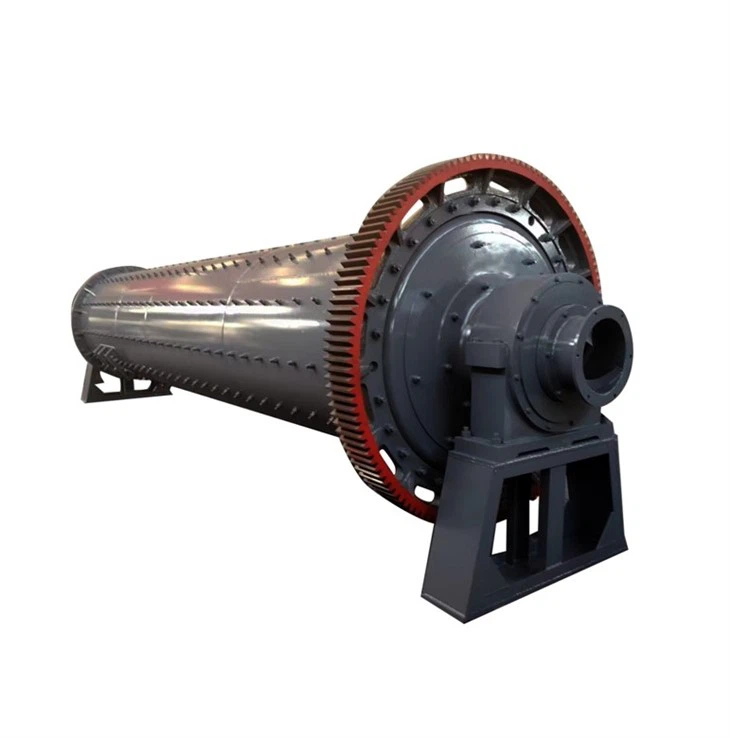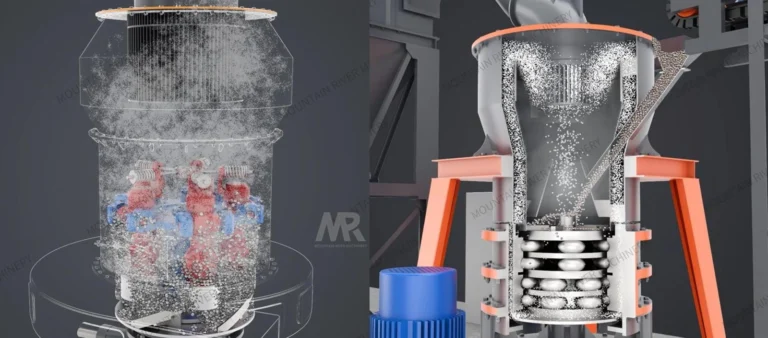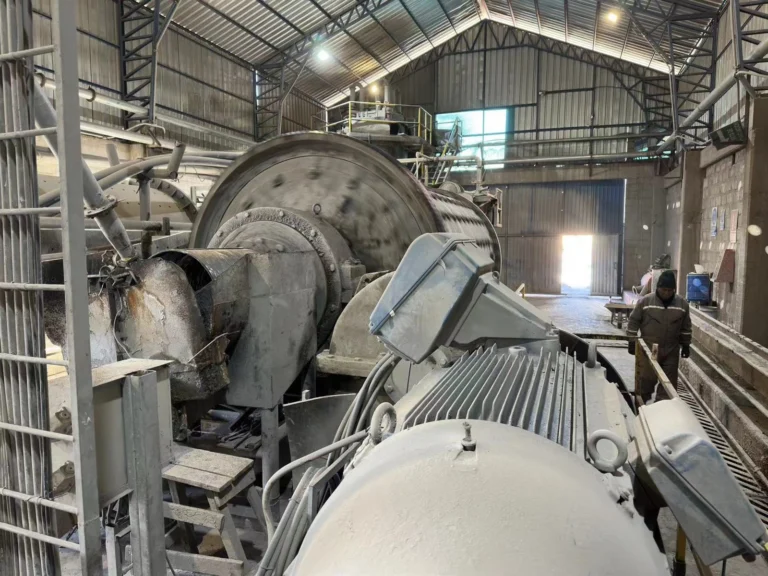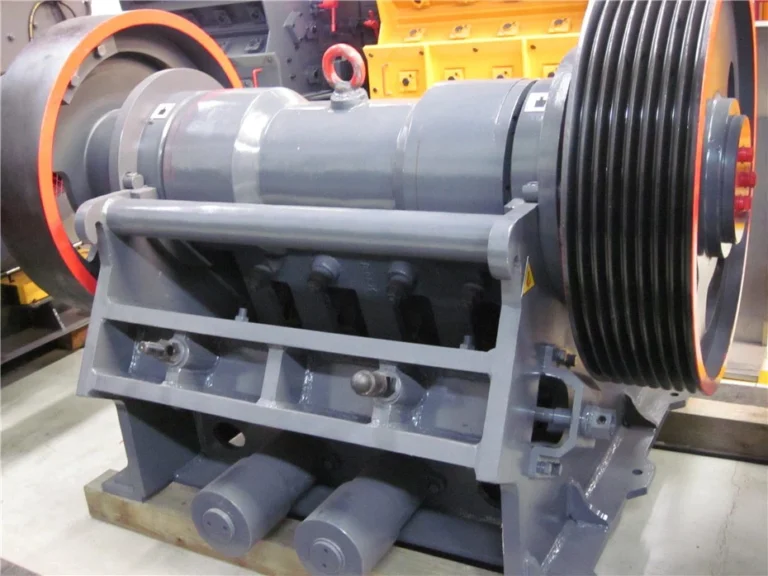What Is A Raymond Mill?
A Raymond mill, also known as a Raymond roller mill, is a type of grinding mill widely used in various industries. Named after its inventor, Raymond Ltd., this mill is known for its durability, dependability, and high-performance capabilities.
History and Development
The Raymond mill was developed in the early 20th century by Raymond Ltd., a company specializing in the production of fine fabrics. Initially, the mill was used to produce coal powder, which was used in the production of firebrick. Over time, its applications expanded to various industries, including cement, chemicals, metallurgy, and more.
Raymond Ltd. continuously improved the mill”s design and technology over the years, making it more efficient and versatile. Today, it stands as one of the most widely used grinding mills in the market.
The Working Principle
The working principle of a Raymond mill revolves around centrifugal force and grinding rollers. The mill”s main components are the base, grinding ring, shovel, elevator, electromagnetic vibrating feeder, and motor.
When the mill starts, the electromagnetic vibrating feeder delivers materials to the grinding chamber of the mill evenly and continuously. The motor then drives the main shaft and grinding rollers to rotate at high speed. Centrifugal force generated by the rotation of the grinding rollers pushes the material towards the grinding ring.
As the material moves closer to the grinding ring, it gets crushed and ground by the rollers and the grinding ring. The fine powder produced passes through the airflow system and is collected in the cyclone collector. The coarse particles are returned to the grinding chamber for further grinding until the desired fineness is achieved.
Key Features and Advantages
1. High Efficiency: The Raymond mill is highly efficient in grinding various materials, consuming less energy compared to other grinding mills. It effectively reduces the production cost while maintaining high-quality output.
2. Versatility: This mill can handle a wide range of materials, including limestone, calcium carbonate, dolomite, barite, talc, gypsum, diabase, quartz, bentonite, and more. It is suitable for both dry and wet grinding processes.
3. Uniform Particle Size Distribution: The grinding rollers and grinding ring of the Raymond mill are designed to ensure that the crushed materials are evenly ground, resulting in a uniform particle size distribution.
4. Easy Maintenance: The Raymond mill requires minimal maintenance. The grinding roller and grinding ring can be replaced easily, and the lubrication system ensures smooth operation.
5. Environmental Friendly: The Raymond mill is equipped with a dust removal system, minimizing the release of dust and ensuring a clean working environment. It complies with environmental regulations and promotes sustainable development.
6. Wide Range of Applications: Raymond mills are commonly used in industries such as mining, metallurgy, building materials, chemicals, and others. Their versatility enables them to be used for various grinding and processing tasks.
Applications of Raymond Mill
1. Mining Industry: Raymond mills are widely used in the mining industry for grinding materials like limestone, marble, ore, coal, and other minerals. They are used to process raw materials for ore beneficiation and produce fine powders used in mineral separation.
2. Chemical Industry: Raymond mills are utilized in the chemical industry for grinding and processing chemicals, pigments, resins, and other substances. This mill can produce fine powders with precise particle sizes, meeting the requirements of different chemical processes.
3. Building Materials Industry: Raymond mills are commonly used for grinding materials used in the production of building materials such as cement, concrete, and gypsum. They can grind the raw materials into the desired fineness required for specific construction applications.
4. Metallurgy Industry: Raymond mills play a crucial role in the metallurgy industry by grinding and processing materials like iron ore, copper ore, and other metallic ores. The fine powders produced are used as raw materials for smelting and refining processes.
Conclusion
In conclusion, a Raymond mill is a highly efficient and versatile grinding mill with a long history of development and improvement. Its high-performance capabilities, easy maintenance, and wide range of applications make it an essential tool in various industries. Whether it”s grinding minerals, chemicals, or building materials, the Raymond mill is a reliable and effective solution for achieving the desired fineness and quality of end products.






